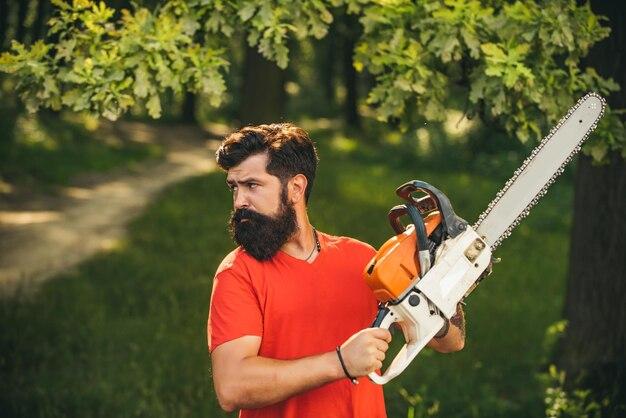Can you use a leaf blower with eusphatian tube dysfunction is a condition where the tube that connects the middle ear to the back of the nose doesn’t open or close properly. This tube helps regulate air pressure in the ear and drain fluids. When it’s not functioning correctly, it can cause symptoms like ear fullness, pain, hearing issues, and dizziness. If you have Eustachian Tube Dysfunction and are considering using a leaf blower, here are some important factors to consider:
1. Vibration and Noise Concerns
- Vibration: Using a leaf blower involves handling equipment that can produce significant vibrations. These vibrations can sometimes aggravate ear conditions, including ETD. It’s essential to gauge whether the vibrations might cause discomfort or exacerbate your symptoms.
- Noise Levels: Leaf blowers can be quite loud, often exceeding safe hearing levels. Exposure to high-decibel noise can worsen ETD symptoms or even contribute to hearing loss over time. Wearing ear protection, such as noise-canceling headphones or earplugs, is recommended if you decide to use a leaf blower.
2. Pressure Changes
- Impact on Ear Pressure: A leaf blower creates strong air currents, which can potentially cause rapid changes in air pressure around the ears. For someone with ETD, sudden pressure changes might lead to discomfort or even pain, as the Eustachian tubes may not adjust quickly enough.Can you use a leaf blower with eusphatian tube dysfunction.
3. Allergies and Irritants
- Dust and Allergens: Leaf blowers can kick up dust, pollen, and other allergens, which could lead to congestion or inflammation. For people with ETD, increased nasal or sinus congestion can worsen the dysfunction, as these areas are closely linked to Eustachian tube function.
4. General Recommendations
- Consult with a Healthcare Provider: Before using a leaf blower, it’s wise to consult with an ENT (ear, nose, and throat) specialist or your healthcare provider, especially if you have ETD or any other ear conditions. They can provide personalized advice based on the severity of your condition.
- Use Ear Protection: Always wear appropriate ear protection when using loud machinery, regardless of any existing ear conditions. This can help minimize the risk of noise-induced hearing loss and reduce discomfort from loud sounds.Can you use a leaf blower with eusphatian tube dysfunction.
- Monitor Your Symptoms: If you decide to use a leaf blower, pay close attention to how your ears feel during and after use. If you notice any increase in discomfort, pain, or other symptoms, discontinue use and consult a healthcare professional.
5. Alternatives to Leaf Blowers
- Raking: If you’re concerned about the potential impact of a leaf blower on your ETD, consider manual methods such as raking, which avoid noise and pressure changes.
- Electric Blowers: If you must use a blower, an electric one might be quieter and create less vibration compared to gas-powered models.Can you use a leaf blower with eusphatian tube dysfunction.
In summary, while it may be possible to use a leaf blower with Eustachian Tube Dysfunction, it’s crucial to take precautions and be mindful of how it affects your ears. Always consult with a healthcare professional to get advice tailored to your specific condition.

